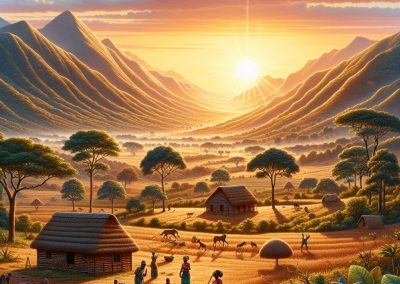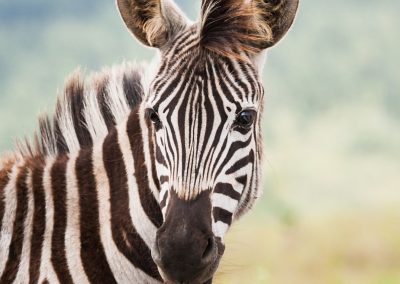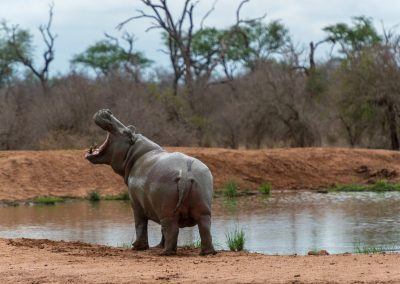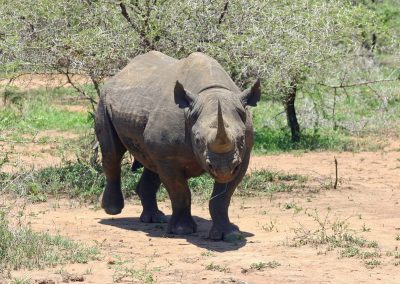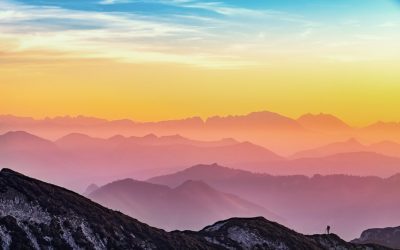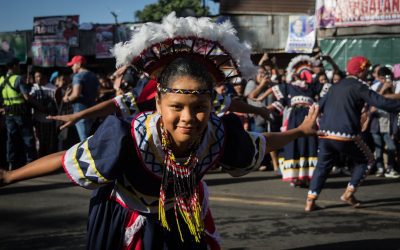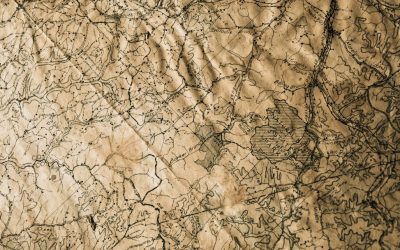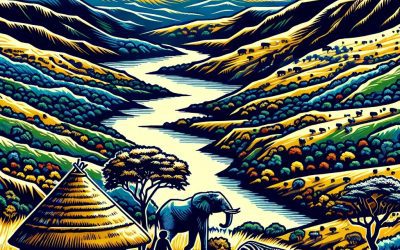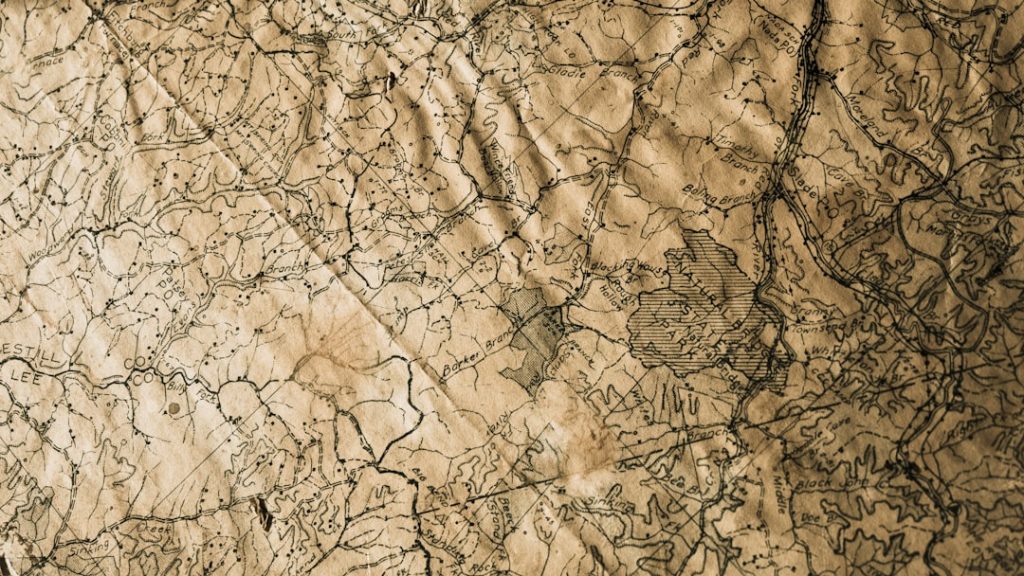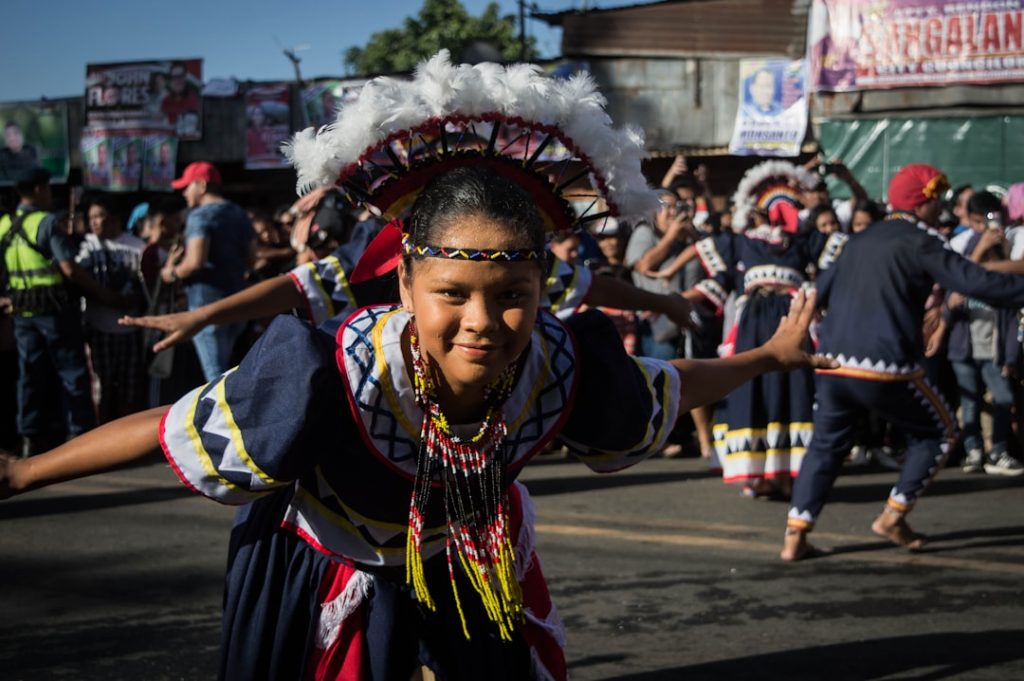Eswatini
(Formerly Swaziland)

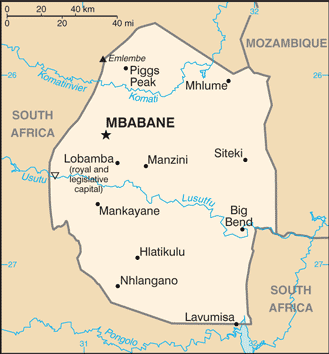
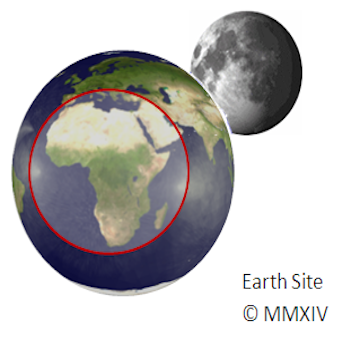
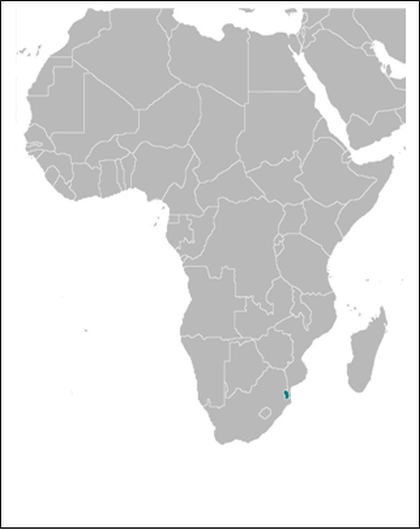
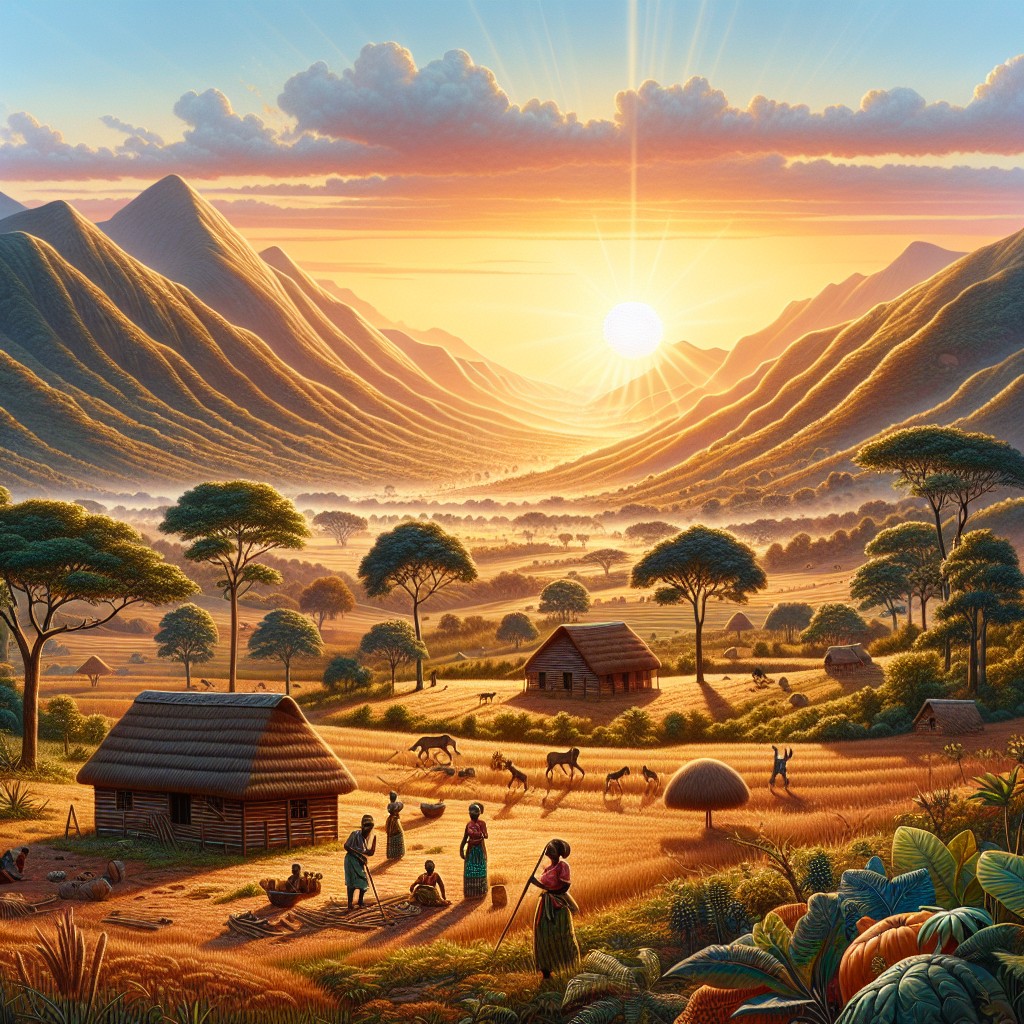

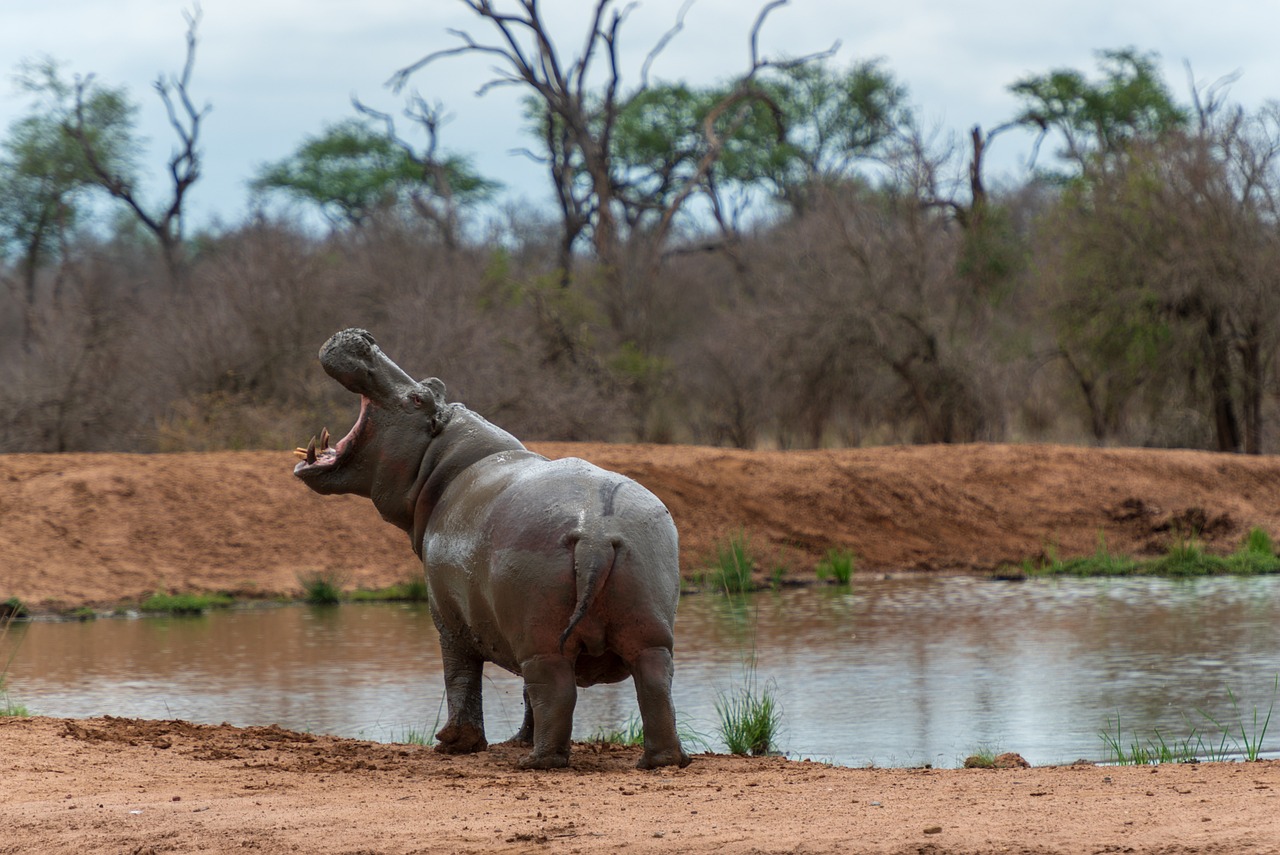
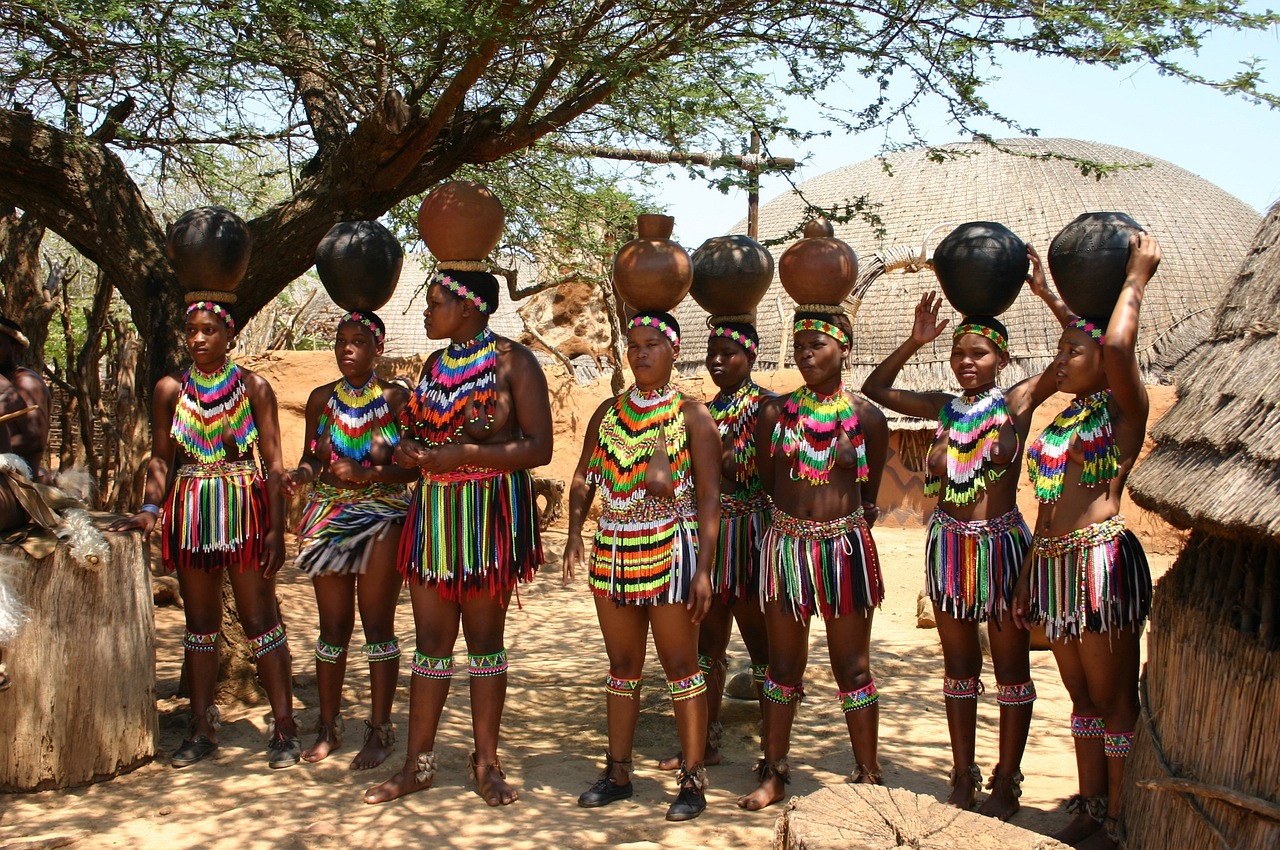
Capital: Mbabane (Administrative, Judicial) Lobamba (Legislative)
Population (Estimated July 2012): 1,386,914
Area: 17,364km2 or 6,704mi2
Currency: Lilangeni5 (Plural Emalangeni [E])
Official Language: Swati (Swazi); English
Political Information:
Official Religion: No Official Religion
(approximately 40% of the population are Zionist, 20% are Roman Catholic, 10% are Muslim and 30% have other religious beliefs)
Highest Mountain: Mount Mlembe at 1,862m or 6,109ft
GDP Official Exchange Rate (OER is more precise at gauging a countries economic power)
(Estimated 2011): $3.9 billion (US$) or (GBP)
GDP (OER) Per Capita (per member of the population estimated 2011): (US$) or (GBP)
GDP Purchasing Power Parity (PPP is good for gauging living conditions and use of resources but not as accurate as OER. This data has been calculated based on the sum value of all goods and services produced in the country valued at prices prevailing in the United States)
(Estimated 2011): $6.313 billion (US$) or (GBP)
GDP (PPP) Per Capita (per member of the population estimated 2011): $5,400 (US$) or (GBP)
Time Zone (GMT/UTC): +2:00
Wildlife:
Counties/Provinces/States: 4 districts; Hhohho, Lubombo, Manzini, Shiselweni
Leaders: King Mswati III; Prime Minister Barnabas Sibusiso Dlamini
Additional: Gained independence from the U.K. on the 6th of September 1968.
Sources: CIA World Fact Book, Encyclopaedia Britannica.
Eswatini
Eswatini, formerly known as Swaziland, is a small landlocked country located in Southern Africa. It is bordered by South Africa to the west, north, and south, and Mozambique to the east. The country is known for its rich cultural heritage, stunning landscapes, and diverse wildlife. Eswatini is one of the last remaining absolute monarchies in the world, with King Mswati III serving as the head of state and government. The country has a population of around 1.3 million people, with the majority of the population being of Swazi ethnicity. The official languages of Eswatini are Swati and English, and the country’s currency is the lilangeni.
Eswatini has a unique blend of traditional and modern influences, with a strong emphasis on preserving its cultural heritage. The country is known for its vibrant festivals, such as the Umhlanga Reed Dance and Incwala ceremony, which are important cultural events that attract visitors from around the world. Eswatini also has a rich artistic tradition, with traditional crafts such as basket weaving, pottery, and woodcarving being highly valued. The country’s traditional music and dance are also an integral part of its cultural identity. With its warm and welcoming people, stunning landscapes, and rich cultural heritage, Eswatini offers a truly unique experience for visitors.
Geography and Climate of Eswatini
Eswatini is a land of diverse landscapes, ranging from mountains and valleys to savannahs and grasslands. The country is dominated by the Lebombo Mountains in the east and the Highveld region in the west. The diverse geography of Eswatini provides a habitat for a wide variety of flora and fauna, making it a haven for nature lovers and wildlife enthusiasts. The climate in Eswatini is generally subtropical, with hot summers and mild winters. The country experiences a rainy season from October to March, with the rest of the year being relatively dry.
The diverse geography and climate of Eswatini make it an ideal destination for outdoor activities such as hiking, birdwatching, and game viewing. The country is home to several nature reserves and national parks, including Hlane Royal National Park, Mlilwane Wildlife Sanctuary, and Malolotja Nature Reserve, which offer opportunities to see a wide range of wildlife in their natural habitats. The stunning landscapes of Eswatini also provide a picturesque backdrop for activities such as mountain biking, horse riding, and rock climbing. Whether you’re interested in exploring the mountains, observing wildlife, or simply enjoying the natural beauty of the country, Eswatini has something to offer for every nature enthusiast.
History and Culture of Eswatini
Eswatini has a rich history that dates back to ancient times, with evidence of human habitation in the region dating back thousands of years. The country’s history is closely tied to its cultural traditions, which have been passed down through generations. The Swazi people have a strong sense of identity and pride in their cultural heritage, which is reflected in their customs, traditions, and way of life. The monarchy has played a central role in shaping the country’s history and culture, with the institution of kingship being an integral part of Swazi society.
The cultural traditions of Eswatini are celebrated through various festivals and ceremonies, which provide an opportunity for people to come together and honour their heritage. The Umhlanga Reed Dance, for example, is a traditional ceremony where young women gather reeds to present to the queen’s mother as a symbol of their purity and respect for the monarchy. The Incwala ceremony is another important cultural event that marks the beginning of the harvest season and involves rituals and ceremonies that are meant to bring prosperity to the kingdom. These cultural traditions are an important part of what makes Eswatini unique and are cherished by the Swazi people.
Economy and Industries in Eswatini
Eswatini has a small but diverse economy that is primarily based on agriculture, manufacturing, and services. The country’s main agricultural products include sugarcane, maize, citrus fruits, and cotton, which are grown for both domestic consumption and export. Eswatini also has a growing manufacturing sector, with industries such as textiles, sugar processing, and forestry playing a significant role in the economy. The services sector is also an important contributor to the country’s economy, with tourism being a key driver of growth.
Despite its small size, Eswatini has made significant strides in economic development in recent years, with efforts being made to diversify the economy and attract foreign investment. The government has implemented policies to promote private sector growth and improve the business environment, which has led to increased investment in sectors such as telecommunications, energy, and infrastructure. Eswatini also benefits from its membership in regional trade blocs such as the Southern African Customs Union (SACU) and the Southern African Development Community (SADC), which provide access to larger markets and opportunities for trade.
Wildlife and Conservation in Eswatini
Eswatini is home to a diverse array of wildlife species, including elephants, rhinos, lions, leopards, giraffes, zebras, and numerous species of antelope. The country’s national parks and nature reserves provide important habitats for these animals, as well as opportunities for visitors to observe them in their natural environment. Conservation efforts in Eswatini have focused on protecting endangered species and preserving their habitats through initiatives such as anti-poaching patrols, community-based conservation programmes, and wildlife monitoring.
One of the most notable conservation success stories in Eswatini is the recovery of the white rhinoceros population. Through dedicated conservation efforts and collaboration with international partners, Eswatini has been able to increase the number of white rhinos in the country, making it one of the few places in Africa where this iconic species can be seen in the wild. The country has also made significant progress in protecting its elephant population through anti-poaching measures and community engagement. With its commitment to conservation and sustainable wildlife management, Eswatini continues to be a beacon of hope for wildlife conservation in Africa.
Tourism and Attractions in Eswatini
Eswatini offers a wealth of attractions for visitors to explore, from its stunning natural landscapes to its vibrant cultural traditions. The country’s national parks and nature reserves provide opportunities for game viewing, birdwatching, and hiking, with the chance to see a wide variety of wildlife in their natural habitats. Hlane Royal National Park is particularly popular for its populations of elephants, lions, and rhinos, while Mlilwane Wildlife Sanctuary offers opportunities for guided walks and horseback safaris.
In addition to its natural attractions, Eswatini also boasts a rich cultural heritage that is celebrated through various festivals and events. Visitors can experience traditional Swazi music and dance at cultural villages such as Mantenga Cultural Village or visit craft markets to purchase handmade souvenirs such as woven baskets, pottery, and beadwork. The country’s royal residences, including the Ludzidzini Royal Village and the royal kraal at Lobamba, provide insight into Swazi traditions and customs.
Current Affairs and Future Prospects in Eswatini
In recent years, Eswatini has faced challenges related to political unrest and economic inequality, leading to calls for democratic reforms and greater social justice. Protests have taken place in response to issues such as government corruption, lack of political freedoms, and economic hardship, highlighting the need for meaningful change in the country. Despite these challenges, there is hope for a brighter future for Eswatini as efforts are being made to address these issues through dialogue and engagement with civil society.
Looking ahead, Eswatini has the potential to further develop its economy through diversification and investment in key sectors such as tourism, agriculture, and manufacturing. The country’s natural beauty and rich cultural heritage make it an attractive destination for visitors seeking authentic experiences and sustainable tourism opportunities. By harnessing its natural resources and promoting inclusive growth, Eswatini can create new opportunities for its people while preserving its unique identity as a kingdom with a rich history and vibrant culture.
In conclusion, Eswatini is a country that offers a rich tapestry of natural beauty, cultural traditions, and warm hospitality. With its diverse landscapes, vibrant festivals, and commitment to wildlife conservation, Eswatini provides a unique experience for visitors seeking an authentic African adventure. As the country continues to navigate its challenges and embrace its potential for growth, there is optimism for a future that honours its past while creating new opportunities for generations to come.
FAQs
What is Eswatini?
Eswatini, formerly known as Swaziland, is a landlocked country in Southern Africa. It is bordered by Mozambique to the northeast and South Africa to the west, south, and southeast.
What is the capital city of Eswatini?
The capital city of Eswatini is Mbabane, located in the western part of the country.
What is the official language of Eswatini?
The official languages of Eswatini are Swati and English.
What is the population of Eswatini?
As of 2021, the estimated population of Eswatini is around 1.2 million people.
What is the currency of Eswatini?
The currency used in Eswatini is the lilangeni, which is pegged to the South African rand.
What are the major industries in Eswatini?
Eswatini’s economy is primarily based on agriculture, with a focus on sugarcane, forestry, and livestock. The country also has a small manufacturing sector and a growing tourism industry.
What are some popular tourist attractions in Eswatini?
Some popular tourist attractions in Eswatini include the Mlilwane Wildlife Sanctuary, Hlane Royal National Park, Mantenga Cultural Village, and the traditional Reed Dance ceremony.
Climate Zones Of Eswatini: Different climate regions Of Eswatini
Eswatini, a small landlocked country in Southern Africa, is known for its diverse climate zones, each offering unique weather patterns and landscapes. The country is divided into five main climate zones: Lowveld, Middleveld, Highveld, Lubombo, and the mountainous region. These climate zones are influenced by various factors such as altitude, topography, and proximity to the Indian Ocean. Understanding the different climate zones in Eswatini is essential for both residents and visitors, as it impacts everything from agriculture and biodiversity to tourism and outdoor activities. Eswatini’s climate zones offer a wide range of temperatures and precipitation levels, making it a fascinating destination for nature enthusiasts and adventurers. From the warm and tropical Lowveld region to the cool and mountainous Highveld region, each climate zone has its own distinct characteristics that contribute to the country’s overall natural beauty and ecological diversity. In this article, we will explore each of Eswatini’s climate zones in detail, examining their unique features, impact on biodiversity and agriculture, and the factors that influence their weather patterns. Summary Eswatini has four main climate zones: Lowveld, Middleveld, Highveld, and Lubombo, each with its own unique characteristics. The Lowveld region in Eswatini is known for its hot and dry climate, making it the warmest climate zone in the country. The Middleveld region experiences a more moderate climate, with warm summers and mild winters, making it suitable for a variety of agricultural activities. Eswatini’s Highveld region has a cool climate, with lower temperatures and higher rainfall compared to the other regions, making it ideal for growing crops such as wheat and potatoes. The Lubombo region stands out as a unique...
Political Boundaries of Eswatini: Provinces, Districts, or Historical Boundaries.
Eswatini, formerly known as Swaziland, is a landlocked country located in Southern Africa. It is bordered by Mozambique to the northeast and South Africa to the west, south, and southeast. The political boundaries of Eswatini are defined by these international borders, which have been established through historical treaties and agreements. The country’s political boundaries also include internal divisions such as provinces and districts, which play a significant role in governance and administration. Understanding the political boundaries of Eswatini is essential for comprehending the country’s history, governance, and future challenges. Summary Eswatini is a landlocked country in Southern Africa, bordered by Mozambique to the northeast and South Africa to the west, south, and southeast. The country is divided into four administrative regions, known as provinces, which are further divided into 55 tinkhundla (districts). Eswatini’s historical boundaries have evolved over time, with changes in colonial rule and the country’s independence in 1968. The political boundaries of Eswatini have had a significant impact on the country’s governance, including the distribution of resources and representation. Future challenges and opportunities for Eswatini’s political boundaries include the need for equitable development and the potential for regional integration in Southern Africa. Provinces of Eswatini Eswatini is divided into four administrative regions known as provinces. These provinces are Hhohho, Manzini, Shiselweni, and Lubombo. Each province is further divided into smaller administrative units called districts, which are responsible for local governance and administration. The provinces of Eswatini are not only important for administrative purposes but also play a crucial role in the distribution of resources and development projects. Each province has its own unique characteristics and challenges, making...
History of Eswatini
Eswatini, formerly known as Swaziland, has a rich and diverse history that dates back to the early Stone Age. The earliest inhabitants of the region were the San people, who were hunter-gatherers and lived a nomadic lifestyle. They were later displaced by the Bantu-speaking people who migrated from the north and settled in the area. These Bantu-speaking people formed the foundation of the Swazi nation and established a kingdom in the 18th century under the leadership of King Ngwane The Swazi people were known for their strong sense of unity and their ability to resist external influences. They developed a unique culture and social structure that revolved around the monarchy and the extended family system. The Swazi kingdom expanded its territory through conquest and diplomacy, and by the 19th century, it had become a significant regional power in southern Africa. The arrival of European settlers and traders in the 19th century brought about significant changes to the region, leading to conflicts and the eventual colonization of Eswatini by the British. Summary Eswatini, formerly known as Swaziland, has a rich early history dating back to the 18th century, with the establishment of the Dlamini clan and the formation of the Swazi nation. The country was colonized by the British in the late 19th century and gained independence in 1968, with King Sobhuza II becoming the head of state and leading the nation through significant political changes. King Sobhuza II’s reign, which lasted over 60 years, saw the country transition from colonial rule to independence and the establishment of a traditional monarchy with significant political power. Eswatini has experienced political changes...
Terrain and Topography of Eswatini: mountains, valleys, and plains.
Eswatini, a small landlocked country in Southern Africa, is known for its diverse and stunning terrain and topography. The country is characterised by a varied landscape, which includes majestic mountains, serene valleys, and vast plains. The terrain and topography of Eswatini play a crucial role in shaping the country’s natural environment, wildlife, and agriculture. Understanding the different geographical features of Eswatini is essential for appreciating the country’s unique beauty and understanding the challenges and opportunities it presents. Eswatini’s terrain and topography are a result of geological processes that have shaped the land over millions of years. The country is located in the eastern part of Southern Africa, and its landscape is dominated by the Lebombo Mountains in the east and the Highveld in the west. The diverse terrain and topography of Eswatini have been influenced by factors such as tectonic activity, erosion, and climate change. This has resulted in a landscape that is both rugged and beautiful, with a wide range of natural features that make Eswatini a truly unique destination for nature lovers and adventurers alike. Summary Eswatini’s terrain and topography are diverse, ranging from majestic mountains to vast plains and serene valleys. The majestic mountains of Eswatini offer breathtaking views and are home to unique flora and fauna. The serene valleys of Eswatini provide a peaceful and picturesque landscape, attracting visitors and wildlife alike. The vast plains of Eswatini are essential for agriculture and provide habitat for a variety of wildlife. The diverse terrain and topography of Eswatini play a crucial role in supporting the country’s rich wildlife and agricultural activities. The Majestic Mountains of Eswatini Eswatini...
Natural Resources of Eswatini: Where Natural Resources are located In Eswatini
Eswatini, a small landlocked country in Southern Africa, is blessed with a variety of natural resources that contribute to its economy and the livelihoods of its people. The country’s natural resources include mineral deposits, agricultural land, forests, water bodies, and diverse wildlife. These resources play a crucial role in the country’s development and provide opportunities for economic growth and sustainability. Eswatini’s natural resources are essential for the country’s food security, energy production, and environmental conservation. However, the sustainable management of these resources is vital to ensure their long-term availability and to mitigate the impact of climate change and other environmental challenges. Eswatini’s natural resources are a source of pride and heritage for its people, and they are an integral part of the country’s cultural identity. The diverse range of natural resources in Eswatini provides opportunities for sustainable development and economic growth. However, the exploitation of these resources must be carefully managed to ensure their preservation for future generations. The government of Eswatini recognises the importance of sustainable management of natural resources and has implemented policies and regulations to protect and conserve these valuable assets. Through responsible stewardship and effective governance, Eswatini aims to harness the potential of its natural resources while safeguarding them for the benefit of current and future generations. Summary Eswatini is rich in natural resources, including mineral, agricultural, forestry, water, and wildlife resources. The country’s mineral resources include coal, diamonds, and iron ore, which have the potential to contribute significantly to the economy. Eswatini’s agricultural resources are diverse, with a focus on subsistence farming and the production of sugarcane, citrus fruits, and forestry products. The forestry...
Cultural or Historical Sites of Eswatini: Important Cultural Landmarks or Historical Sites in Eswatini
Eswatini, formerly known as Swaziland, is a small landlocked country in Southern Africa known for its rich cultural heritage and stunning natural landscapes. The country is home to a number of cultural and historical sites that offer visitors a glimpse into the traditional way of life and the history of the Swazi people. From the Great Usuthu River and the Mantenga Falls to the Mantenga Cultural Village and the King Sobhuza II Memorial Park, Eswatini’s cultural and historical sites are a testament to the country’s vibrant past and its enduring traditions. Whether you’re interested in learning about the Swazi monarchy, exploring traditional Swazi architecture, or experiencing the country’s diverse wildlife, Eswatini’s cultural and historical sites have something to offer for every type of traveller. Eswatini’s cultural and historical sites are not only important for preserving the country’s heritage, but they also play a crucial role in promoting tourism and economic development. These sites attract visitors from all over the world, providing an opportunity for cultural exchange and economic growth. By showcasing the country’s rich history and traditions, Eswatini’s cultural and historical sites help to create a greater understanding and appreciation of the Swazi culture. Additionally, these sites contribute to the preservation of traditional crafts, music, and dance, ensuring that these important aspects of Swazi culture are passed down to future generations. Overall, Eswatini’s cultural and historical sites are an integral part of the country’s identity and offer a unique opportunity for visitors to immerse themselves in the rich tapestry of Swazi culture and history. Summary Eswatini is home to a rich cultural and historical heritage, with many sites that...
Population Density of Eswatini
Eswatini, formerly known as Swaziland, is a small landlocked country located in Southern Africa. It is bordered by South Africa to the west and Mozambique to the east. With a total area of just over 17,000 square kilometers, Eswatini is one of the smallest countries in Africa. Despite its size, Eswatini is home to a diverse population and a rich cultural heritage. The country is known for its stunning landscapes, including the majestic mountains of the Drakensberg range and the picturesque valleys of the Lowveld region. Eswatini is also famous for its traditional ceremonies and festivals, which are an integral part of the country’s cultural identity. The capital city of Eswatini is Mbabane, while the largest city is Manzini. Eswatini has a mixed economy, with agriculture, manufacturing, and services playing key roles in the country’s development. Summary Eswatini, formerly known as Swaziland, is a small landlocked country in Southern Africa. Population density refers to the number of people living in a specific area, usually measured in square kilometres. Factors affecting population density in Eswatini include topography, climate, economic opportunities, and government policies. The population in Eswatini is unevenly distributed, with the majority of people living in the western and central regions of the country. High population density in urban areas can lead to increased pressure on resources and infrastructure, while low population density in rural areas can impact access to services and development. What is Population Density? Population density refers to the number of people living in a given area, usually expressed as the number of individuals per square kilometer. It is a key demographic indicator that provides insights...
Exploring the Kingdom of Eswatini: A Journey Through the Heart of Southern Africa
The Kingdom of Eswatini, formerly known as Swaziland, is a small landlocked country located in Southern Africa. It is bordered by South Africa to the west and Mozambique to the east. Despite its size, Eswatini is a country rich in history, culture, and natural beauty, making it a must-visit destination for travelers. Eswatini has a fascinating history that dates back thousands of years. The country was ruled by various clans and chiefs before it became a British protectorate in the late 19th century. In 1968, Eswatini gained independence from British rule and became a monarchy. Today, it is one of the few remaining absolute monarchies in the world. The culture of Eswatini is deeply rooted in tradition and customs. The Swazi people, who make up the majority of the population, have a rich cultural heritage that is celebrated through music, dance, and attire. Traditional dances such as the Sibhaca and Umhlanga are performed at festivals and special occasions, showcasing the vibrant spirit of the Swazi people. Summary Eswatini is a small, landlocked kingdom in southern Africa. The country has a rich cultural heritage, with traditional dances, music, and crafts. Eswatini is home to stunning natural wonders, including mountains, waterfalls, and wildlife reserves. Visitors can see a variety of animals in Eswatini’s national parks, including elephants, lions, and rhinos. The country has many traditional festivals and celebrations throughout the year, showcasing its unique culture and history. The Rich Cultural Heritage of Eswatini One of the highlights of visiting Eswatini is experiencing its rich cultural heritage. Traditional dances and music play a significant role in Swazi culture, and visitors have the...
